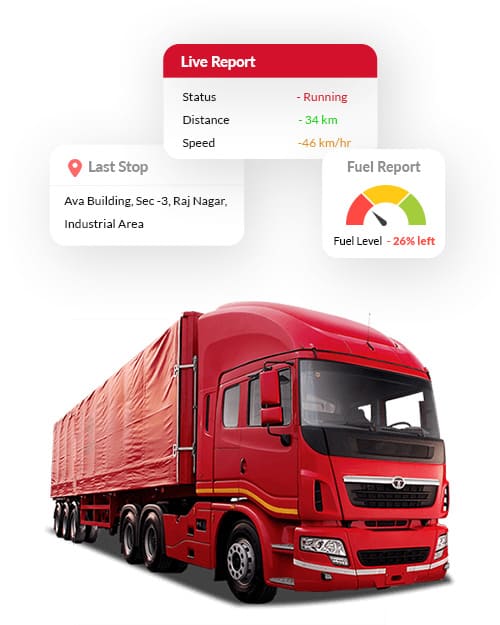In the fast-paced world of modern transportation, the roads serve as a stage where human behavior intertwines with machinery, often resulting in a delicate balance between safety and risk. Every day, countless drivers engage in behaviors that compromise road safety, leading to accidents, injuries, and even fatalities. Understanding what constitutes unsafe behavior behind the wheel is paramount for fostering a culture of responsible driving and mitigating the staggering toll of road incidents. In this blog, we delve deep into the intricacies of unsafe driving behaviors, shedding light on their underlying causes and potential solutions.
Introduction: Unveiling the Reality
As vehicles traverse highways and city streets, drivers are confronted with a myriad of choices that can influence the safety of themselves and others. From speeding and distracted driving to aggressive maneuvers and impaired judgment, the spectrum of unsafe behaviors behind the wheel is vast and multifaceted. However, beneath the surface lies a common thread of disregard for the fundamental principles of road safety.

The Anatomy of Unsafe Behavior
- Speeding: The Need for Speed
Excessive speed remains one of the most prevalent forms of unsafe behavior on the road. Whether fueled by impatience, adrenaline, or sheer carelessness, driving above the designated speed limits drastically reduces a driver’s ability to react to sudden hazards, increasing the likelihood of accidents and amplifying their severity.
- Distracted Driving: Eyes off the Road
In an era dominated by smartphones and other digital distractions, the dangers of distracted driving have reached alarming levels. From texting and browsing social media to eating and adjusting in-car entertainment systems, any activity that diverts a driver’s attention from the road poses a significant risk to safety. Despite widespread awareness campaigns, the allure of constant connectivity continues to lure drivers into potentially fatal distractions.
- Aggressive Driving: Battling for Dominance
The congested nature of modern roadways often breeds frustration and impatience among drivers, giving rise to aggressive behaviors such as tailgating, lane weaving, and hostile interactions with other road users. These aggressive tendencies not only escalate tensions on the road but also create hazardous conditions ripe for collisions and confrontations.
- Driving Under the Influence: The Clouded Judgment
Perhaps one of the most universally condemned forms of unsafe behavior, driving under the influence of alcohol or drugs remains a persistent threat to road safety. Impaired coordination, slowed reaction times, and compromised judgment impair a driver’s ability to navigate the road responsibly, turning every journey into a potential tragedy waiting to unfold.
The Root Causes: Unraveling the Why
Behind every instance of unsafe behavior behind the wheel lies a complex interplay of psychological, societal, and environmental factors. From ingrained cultural norms that glorify risk-taking to individual personality traits that prioritize convenience over caution, understanding the root causes is essential for developing effective strategies to promote safer driving habits.
- Risk Perception: The Illusion of Invincibility
Human beings are notoriously poor judges of risk, often succumbing to the illusion of invincibility that leads them to underestimate the potential consequences of their actions. Whether due to overconfidence in their driving abilities or a lack of awareness regarding the true dangers of unsafe behaviors, many drivers operate under a false sense of security that blinds them to the inherent risks they face.
- Societal Pressures: Racing Against Time
In a society where time is of the essence and productivity reigns supreme, the pressure to multitask and maximize efficiency permeates every aspect of daily life, including driving. From juggling work calls during the morning commute to squeezing in a quick meal behind the wheel, the relentless pursuit of productivity often takes precedence over safety, driving individuals to engage in risky behaviors in the name of convenience.
- Emotional States: Driving on Edge
Emotions play a significant role in shaping driving behavior, with stress, anger, and anxiety exerting a powerful influence on decision-making behind the wheel. Whether venting frustrations through aggressive driving or seeking solace in distraction during moments of emotional turmoil, drivers’ mental states can profoundly impact their ability to navigate the road safely.

Conclusion: Charting a Safer Course
As we navigate the complex terrain of modern transportation, it is imperative that we confront the scourge of unsafe behavior behind the wheel with unwavering resolve and concerted action. By raising awareness, implementing stricter enforcement measures, and fostering a culture of responsibility and accountability, we can begin to reverse the tide of preventable accidents and pave the way for a future where every journey is characterized by safety, respect, and mindfulness.
In the ongoing saga of road safety, the battle against unsafe behavior behind the wheel rages on, fueled by a collective determination to protect lives, preserve wellbeing, and ensure that the roads remain a shared space where all travelers can journey without fear or harm.
Frequently Asked Questions (FAQs)
- What are the most common forms of unsafe behavior behind the wheel?
- Speeding, distracted driving, aggressive maneuvers, driving under the influence, and not wearing seat belts are among the most common.
- How does distracted driving contribute to road accidents?
- Distracted driving diverts a driver’s attention away from the road, impairing their ability to react to hazards and increasing the risk of accidents.
- What are the consequences of aggressive driving?
- Aggressive driving behaviors such as tailgating and road rage can escalate tensions on the road and lead to collisions, injuries, and confrontations.
- Why is driving under the influence dangerous?
- Driving under the influence of alcohol or drugs impairs coordination, slows reaction times, and clouds judgment, significantly increasing the likelihood of accidents.
- What factors contribute to unsafe driving behaviors?
- Factors such as risk perception, societal pressures, and emotional states can influence drivers to engage in unsafe behaviors behind the wheel.

Leave a Reply